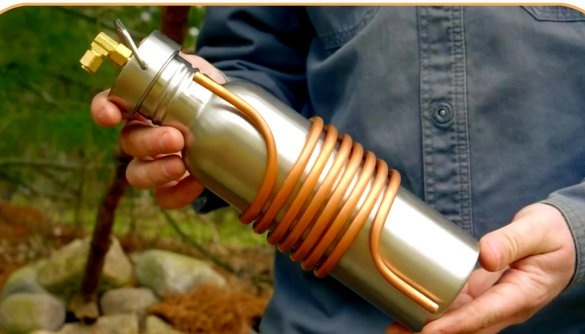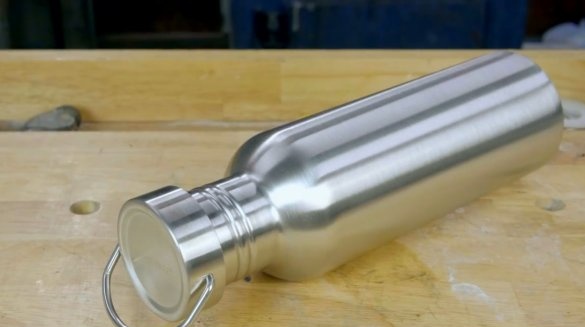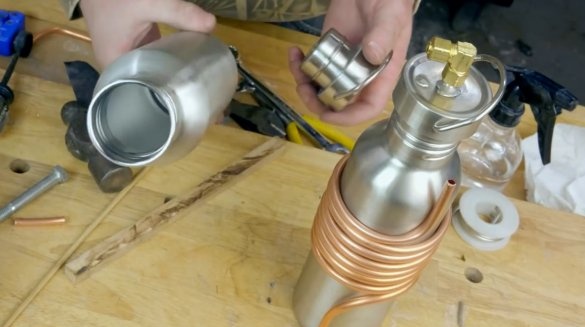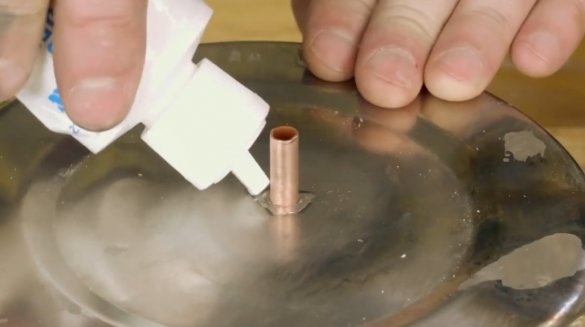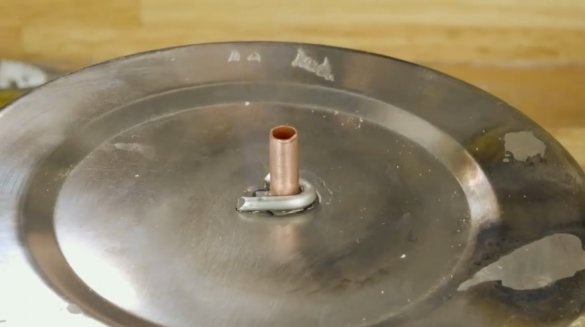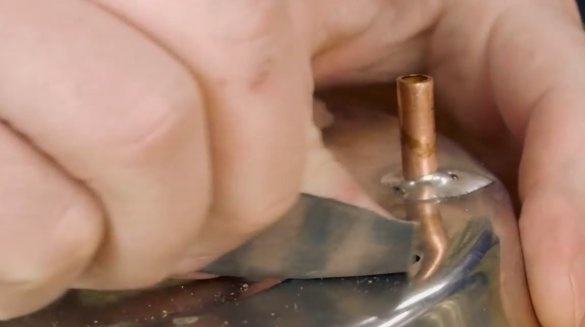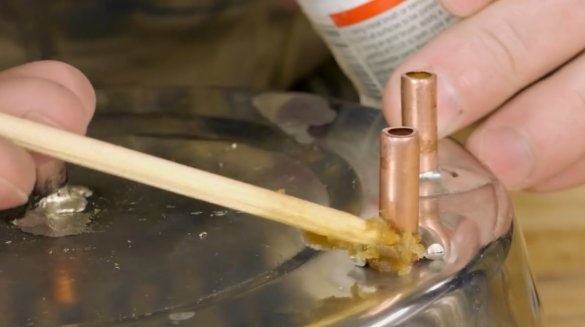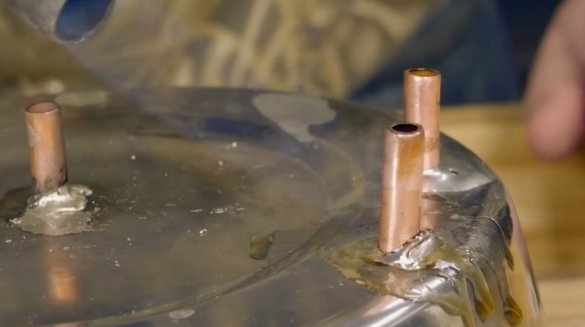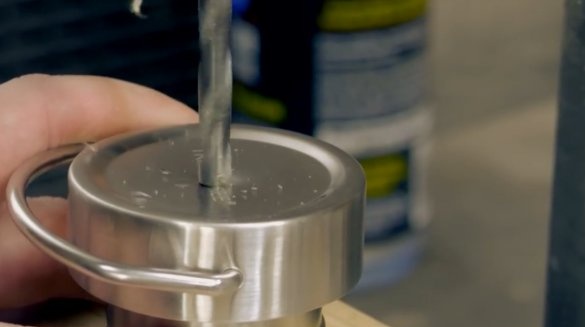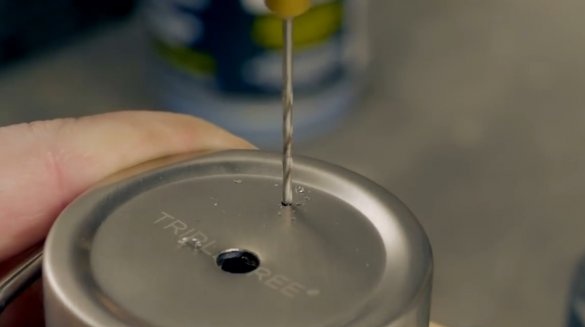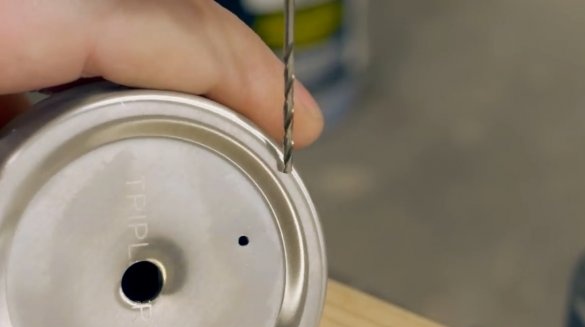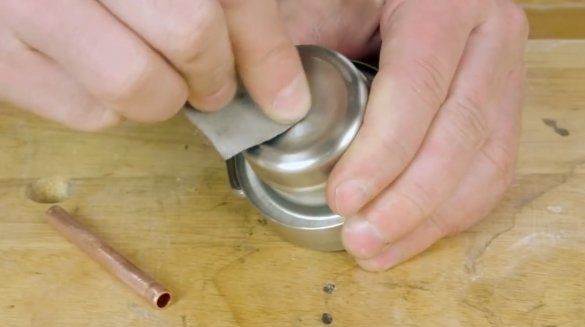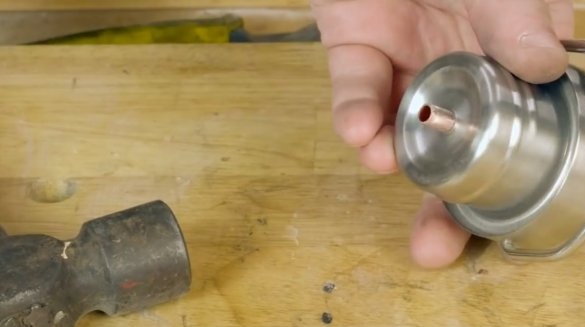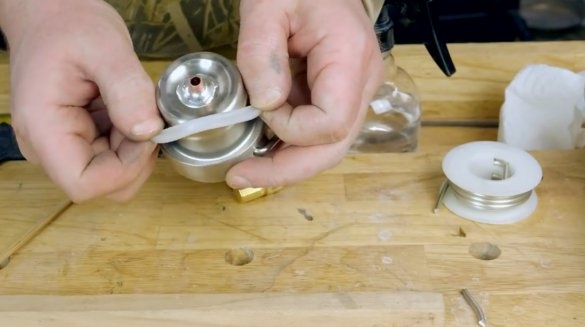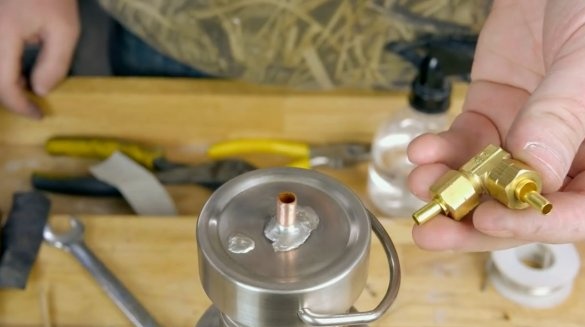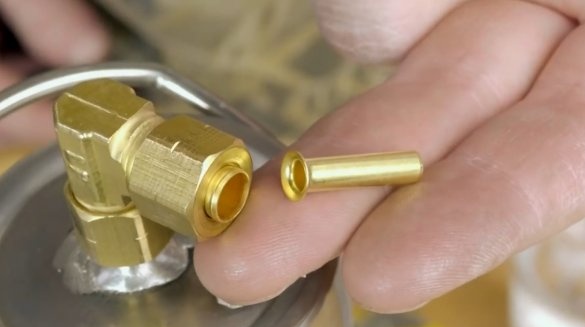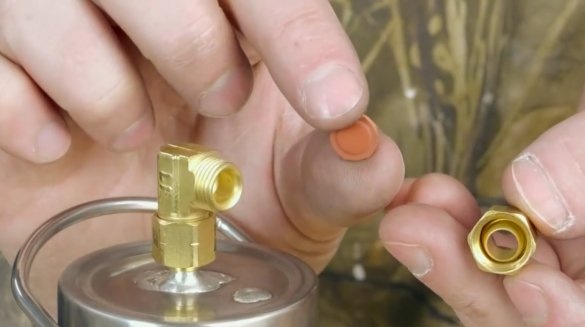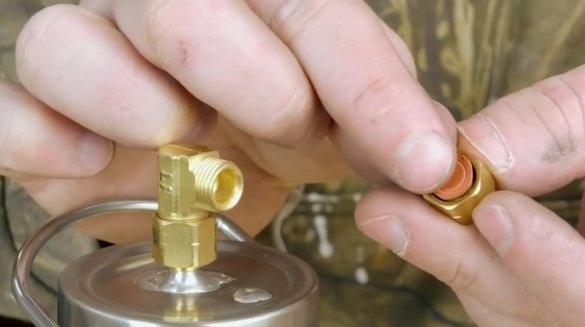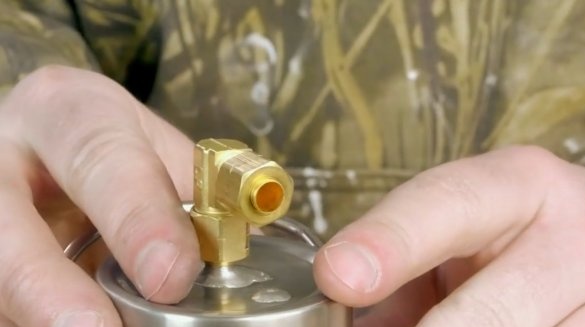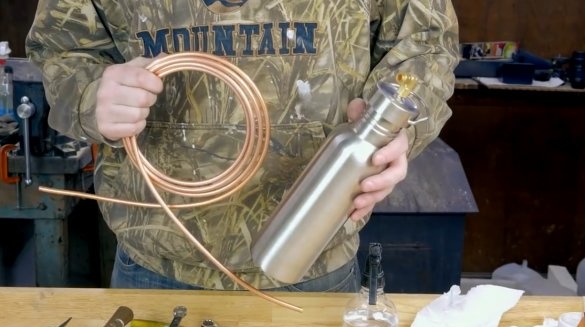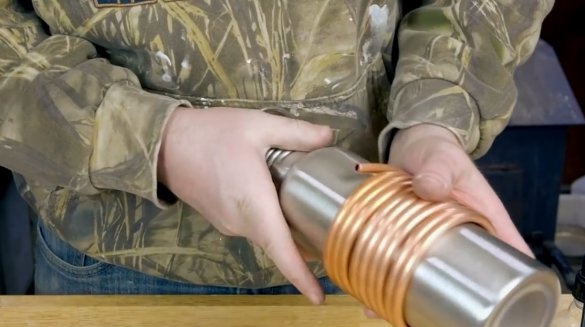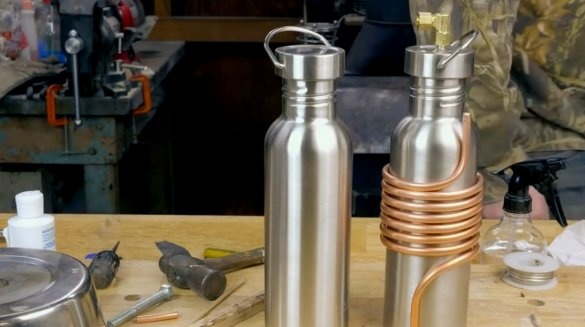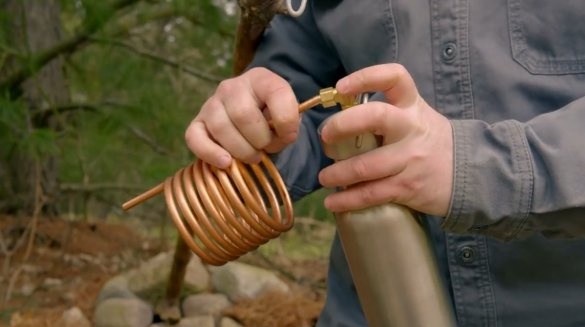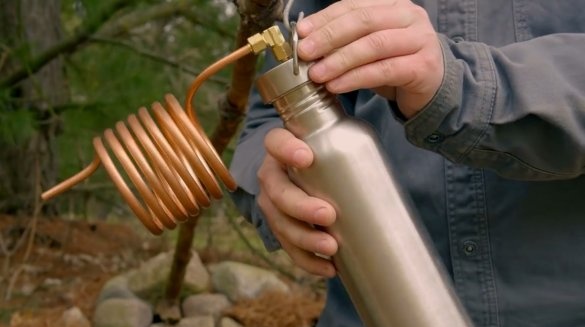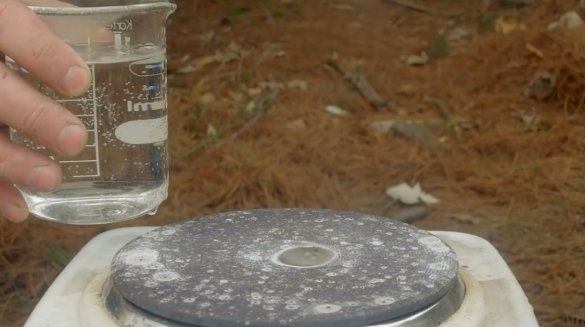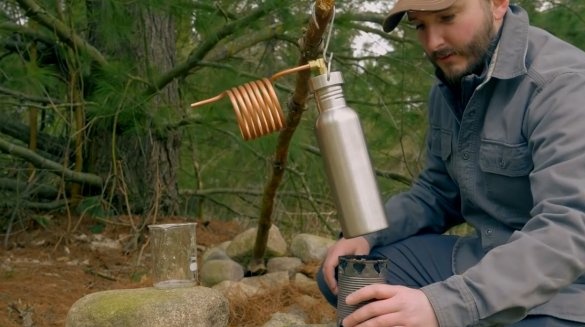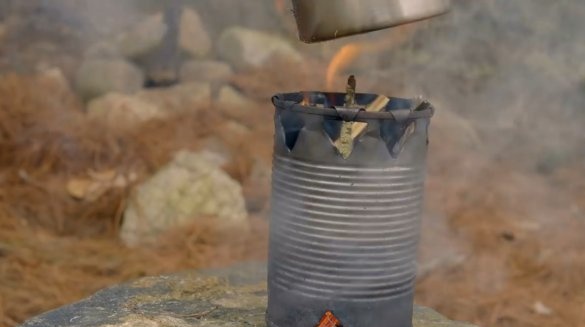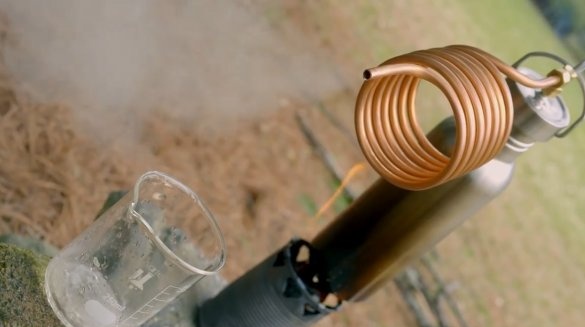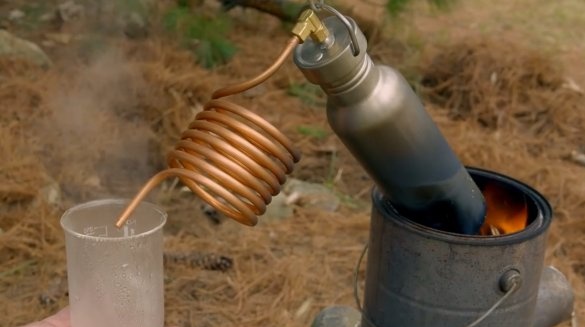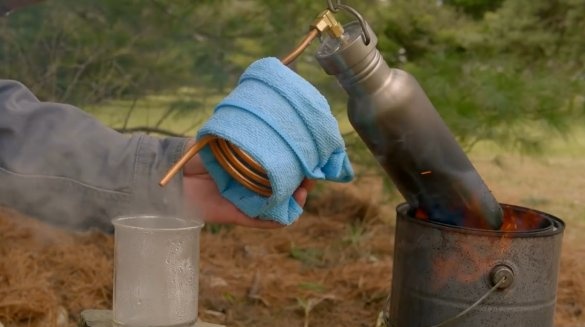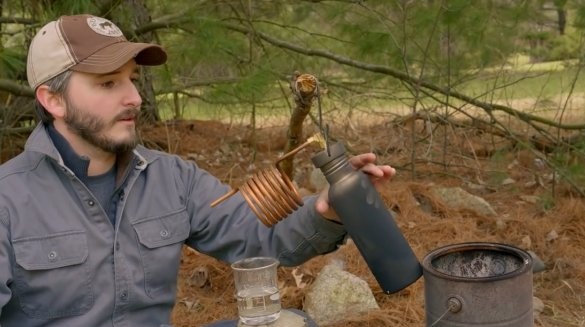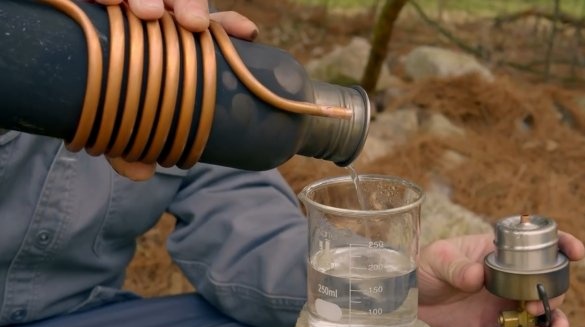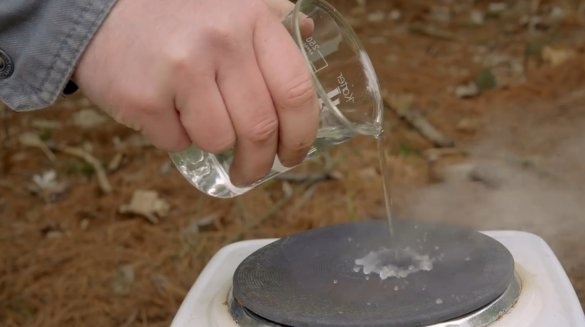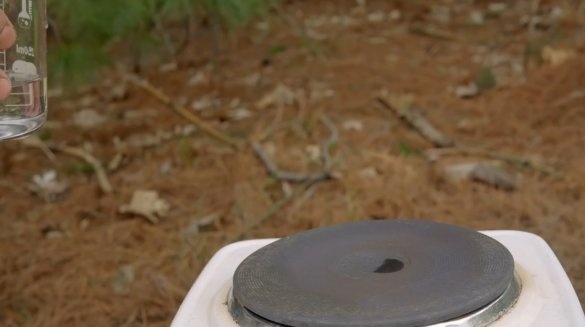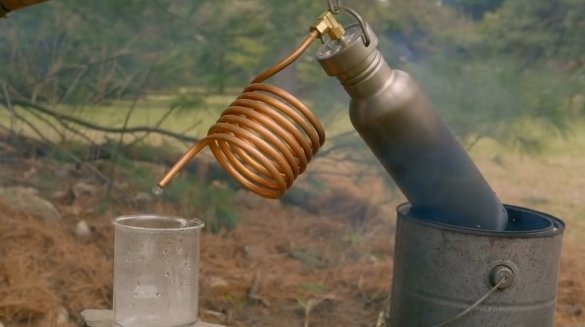In this article, the author of the YouTube channel "NightHawkInLight", will bring to your attention another version of the desalination unit.
According to the well-known water desalination technology, the liquid is usually boiled, as a result of which the water turns into steam, leaving all the minerals and salts at the bottom of the tank. If you manage to collect this steam and condense it back into water, it will be fresh and absolutely clean. But here a small problem lies: water without minerals is detrimental to human health, as it depletes the electrolyte composition of the body. In this article, the author will share with us the experience of how he solves this problem.
Materials
- 5 mm diameter copper tube
- Stainless steel bottle
- Corner
- Solder, flux, alcohol
- Sandpaper.
Instruments, used by the author.
- Hammer, wrenches
—
—
— .
Manufacturing process.
For this experiment, you will need a bottle of stainless steel. Often such bottles come with a double wall that insulates the contents from the external environment, like a thermos. But in our case it should be an ordinary single-chamber tank with a steel cover.
The condensing coil will be made of a 5 mm diameter copper tube. To attach it to a bottle, the author first learns to solder copper to stainless steel. It was a separate experience. The first attempt showed a not very good result.
In this case, it is important to clean both materials, both copper and steel. This is done with a small piece of sandpaper.
The soldering process itself requires a large amount of flux applied to the joint. The connection must be airtight, because it will come in contact with drinking water. It is also important to use lead-free solder. This is not the material used for electronics.
The best results were achieved by the author when he did not very strongly heat the solder with a gas burner. He heated the metal exactly to the extent that the solder began to melt and thereby connect both parts.
After this, the author washed the adhesion site with an alcohol solution from the spray bottle to remove excess flux.
And now the skill is acquired. First of all, the author removes the lid from the bottle, as well as the silicone gasket.
Then on a drilling machine he drills a through hole in the lid.It should be the same diameter as the copper tube.
Nearby, closer to the edge of the lid, he makes another small hole through which air will subsequently escape while the lid is warming up.
After sanding the surfaces, the copper tube is immersed in the lid so that it protrudes about half an inch on both sides of the lid.
Then the author solders the tube from two sides, using the already acquired skill.
The second hole, made to relieve pressure in the lid, is small enough so that you can use a soldering iron instead of a torch. Otherwise, the soldering technology remains the same. It must be soldered.
After all, the silicone gasket is again mounted on the lid, and that, in turn, is screwed onto the bottle.
A quick-clamp brass corner is attached to a small section of a copper tube on top of the lid. It is put on the edge of the copper tube, and pressed against the nut.
A small tube at the other end of the corner can be removed.
Instead, the author takes a small rubber gasket and inserts it into the clamping nut before screwing it into place. This results in a sealed gasket in case the container will be used as a water bottle. And then, if you need to turn it back into an element of desalination system, it will be enough just to remove this gasket from the valve.
For this project, the author needed a copper pipe with a diameter of 5 mm, from which a condensation coil would be built.
To give the tube the shape of a coil, the author simply wraps it tightly around the bottle, making 8-9 turns.
The ends of the coil, he bends outward.
So now is the time for testing. The author removes the sealed gasket from the corner, attaches a coil to it without much effort.
On the lid of the bottle there is a steel ring, thanks to which the bottle can be hooked on a wire or wire and suspended above the fire.
In this measuring cup, salt water is equivalent to that in the ocean. The author pours it into the prepared bottle, screws the cap and places the vessel over the heat source.
On a windy, cold day, the flame constantly blows away. The author had to use a deeper stove. On a calm day, heating can also be done on a regular campfire.
The vessel has heated too much, so that the formation of steam has exceeded the volume that the coil can cool.
To facilitate condensation, the author wraps the tube with a piece of wet tissue.
But even more productive is the immersion of the coil in cool water. Water practically starts to flow out of the tube.
There is another effective tip: after a sufficient amount of purified water has formed in the glass, the end of the tube is buried in it - in this case, the water itself will act as a condenser for all the steam that forms in the tube. This is a great way to stop the process of boiling water in a desalination plant, before it dries.
Initially, 250 ml of water was poured into the bottle; 175 ml was obtained at the output. Good result! But, as the author already noted at the beginning of the article, absolutely pure water is harmful to the body. To return to her previous properties, he pours a few drops of concentrated brine into it. If you have only seawater at your disposal, this amount of fresh moisture can save your life!
Theoretically, this system could work on a solar heat source. Only for this you need Fresnel lenses, or a parabolic mirror. In this case, it is advisable to paint the bottle black for maximum heat absorption.
And here is the test of water for salinity - it is perfectly clean!
Thanks to the author for a simple but very effective idea for making a small desalination plant!
All good mood, good luck, and interesting ideas!
Author video can be found here.


